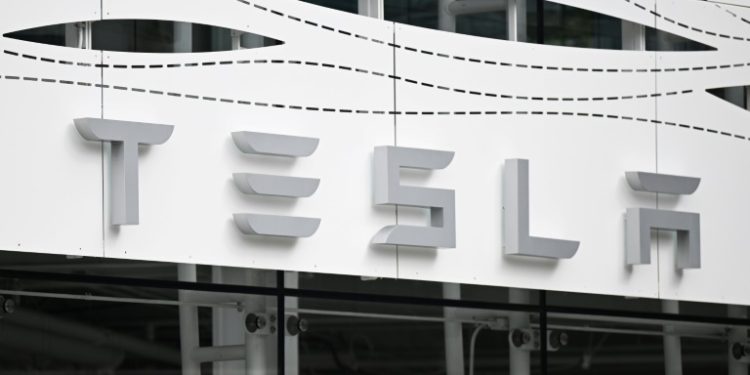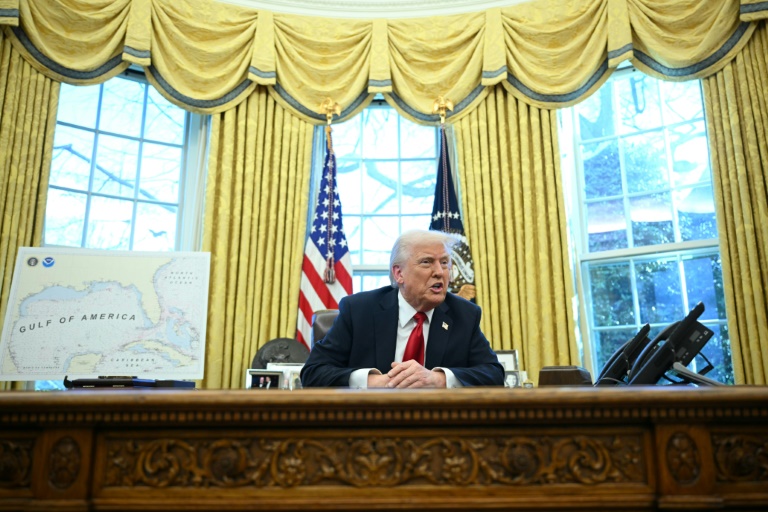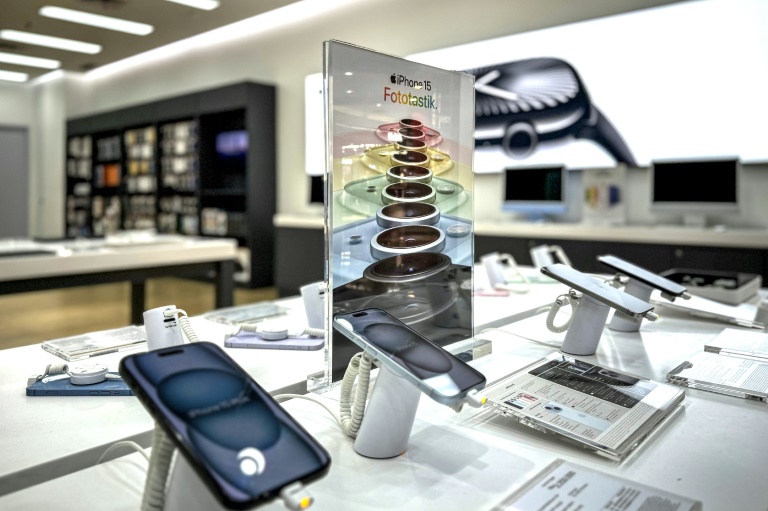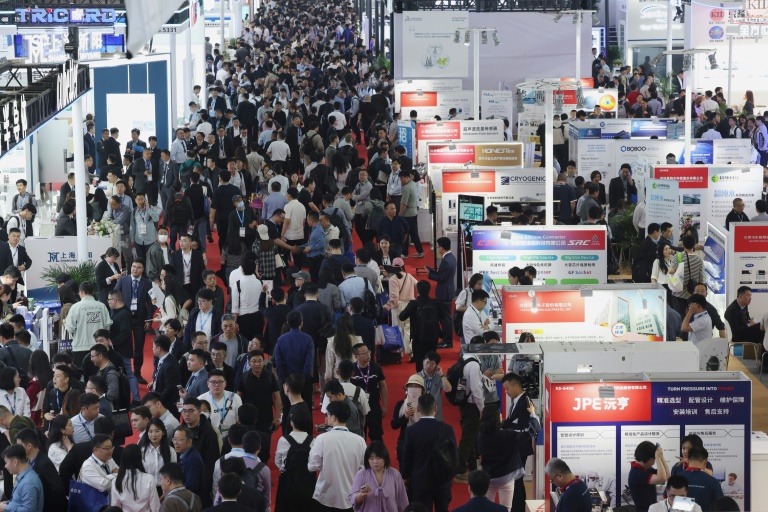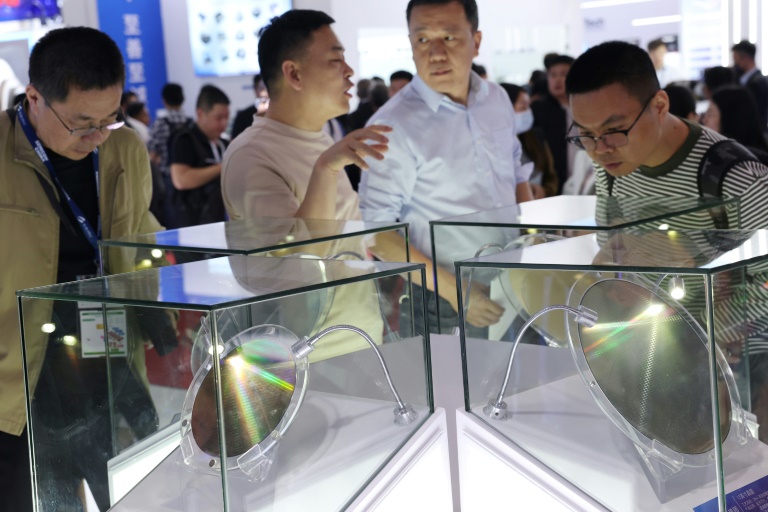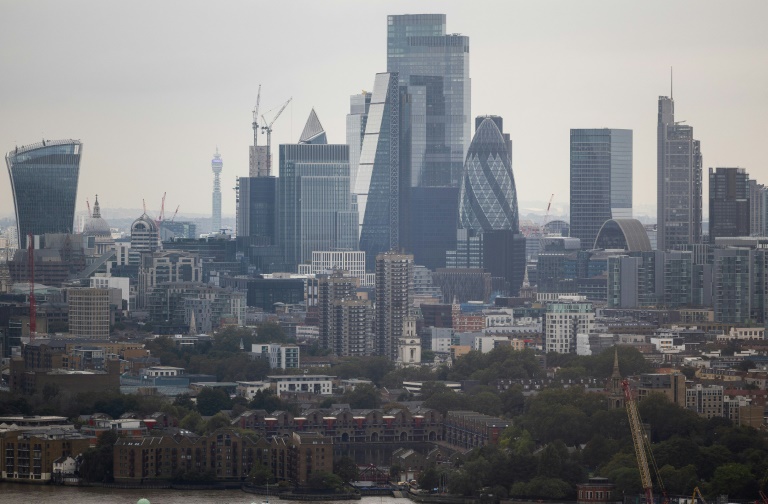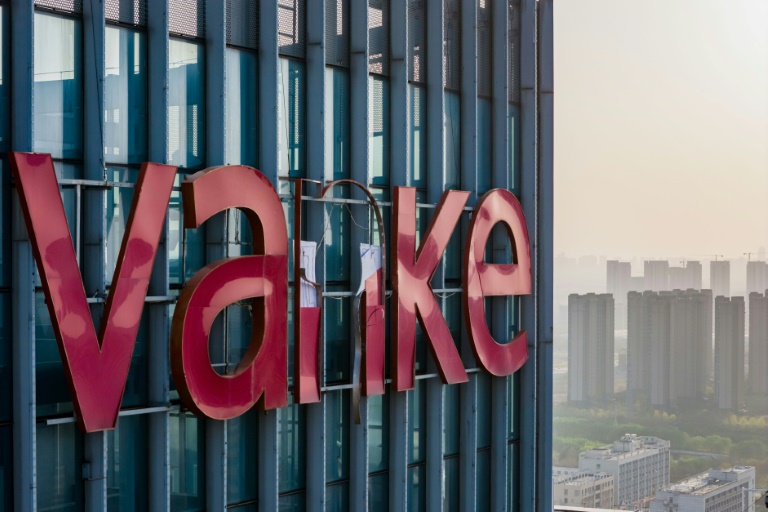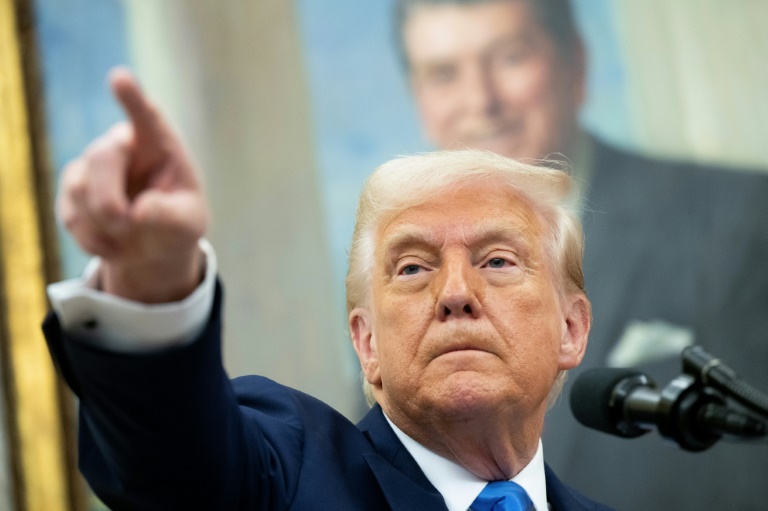New York (AFP) – Tesla CEO Elon Musk faces heightened pressure with Tuesday’s earnings report to reassure investors that recent stumbles are simply unexpected speed bumps — and not indications of a road to decline.
The electric car maker, which enjoyed scorching growth for most of 2022 and 2023, has experienced setbacks that analysts say have raised the stakes for the first-quarter report.
Tuesday’s earnings and conference call are a “moment of truth” for Tesla and Musk, constituting “one of the most important moments in the company’s history in our view,” said a note from Wedbush.
Heading into 2024, Tesla watchers were already girding for a tougher path, with Musk’s once-dominant leadership in EVs facing more competition from rivals, resulting in a series of price cuts.
But things have been bumpier than expected.
After disclosing on April 2 a disappointing 8.5 percent drop in first-quarter deliveries, Tesla last week announced plans to lay off more than 10 percent of its staff.
That news was quickly followed by Tesla’s plan to revive a $56 billion compensation package for Musk after a court struck it down.
Then, late last week, Tesla announced a recall of its Cybertruck due to an acceleration problem.
Musk has also been beset by speculation that the company is shelving plans for the “Model 2,” the unofficial name of what is expected to be a mass-marketed, lower-priced vehicle.
On the positive side, Musk has said the company will this summer unveil a “Robotaxi.” Yet analysts have noted that safety questions are clouding the timeframe for the vehicle.
“There’s a lot of confusion about what direction are they going,” said Stephanie Valdez Streaty, director of industry insights at Cox, who pointed to a more than 40 percent drop in Tesla’s share price in 2024 as an indicator of unease.
Investors want “more clarity about what their strategy is,” she said.
“We could walk away with a lot of unanswered questions.”
– Rising skepticism –
Musk has endured other difficult periods with Tesla, such as when the company struggled to ramp up production on the Model 3 vehicle in 2018 while Musk sparred with US securities regulators over a brief flirtation with taking the company private.
Wall Street has grown accustomed to Musk’s mercurial style and loose deadlines on targets for autonomous driving and other breakthroughs, cheering as Tesla turned in a string of strong results based on ever-rising revenues.
But with the financial picture less rosy, analysts are becoming more loudly skeptical.
Recent notes from JPMorgan Chase analysts dismissed Tesla’s explanations for its disappointing deliveries, which had blamed factors such as shipping diversions amid conflict in the Red Sea and a suspected arson attack at its German factory.
JPMorgan “assigned little credence” to these explanations, even though markets largely appeared to accept them, the investment bank said in a note.
“The sweeping layoffs announced yesterday, amounting to a reduction in crewed production capacity, should now leave no doubt that the decline in deliveries has been a function of lower demand and not supply.”
Deutsche Bank analysts last week downgraded Tesla to a “hold,” pointing to disappointments about the rumored Model 2 delay that weren’t offset by the Robotaxi push.
“The delay of Model 2 efforts creates the risk of no new vehicle in Tesla’s consumer lineup for the foreseeable future, which would put continued downward pressure on its volume and pricing for many more years,” said the Deutsche Bank note.
Musk’s announcement that the Robotaxi will be unveiled in August “in no way means the technology is ready,” said Deutsche Bank, which pointed to “technological, regulatory and operational challenges” that could hamper its commercial prospects.
“We worry there is considerable execution risk to the development of Robotaxi technology and that a fleet deployment could be years away,” Deutsche Bank said.
© 2024 AFP

